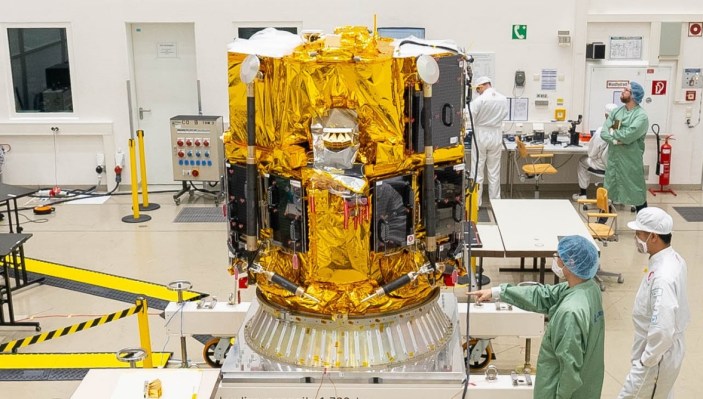If all goes to plan, Florida’s Space Coast could see two separate lunar missions take off in November.
Japanese startup ispace said Wednesday it is targeting a launch window of November 9-15 for its first lunar lander mission. Separately, NASA set a trio of possible November launch dates for Artemis I, the first in a series of planned launches to return humans to the moon by the middle of the decade. For NASA, these November dates are backup opportunities after the agency decided to scrub August’s initial launch attempts due to technical issues.
The two missions are part of an increasingly widespread push amongst private industry and government space agencies to conduct more science and explore commercial activities on our large natural satellite.
Artemis I is an uncrewed flight test of the massive Space Launch System rocket and Orion crew capsule; chiefly, it will test Orion’s performance in a stable orbit around the moon and the capabilities of its heat shield when it reenters Earth’s atmosphere. It will be followed by Artemis II in 2024, which will be a crewed flight test; then that will be followed by Artemis III the following year, which will land humans, including the first woman and the first person of color, on the moon. NASA eventually aims to establish a permanent human presence on the moon.
Engineers confirmed “minimal work is required” to prepare the Artemis I launch system for its return to the launch pad. The rocket had to be rolled back to NASA’s hangar at Kennedy Space Center due to Hurricane Ian, which swept across Florida at the end of September. NASA said it would return it to the launch pad as early as November 4. The first launch opportunity opens on November 14 at 12:07 AM EST, with two backup opportunities on November 16 and November 19.
Like NASA, Tokyo-based ispace is planning its own lunar exploration program. This first mission under the program, dubbed Mission 1 (M1), will see an ispace Hakuto-R lunar lander carry multiple payloads, including a 22-pound rover for the United Arab Emirates’ Mohammed bin Rashid Space Centre, to the surface of the moon. M1 will head to space on a SpaceX Falcon 9 rocket; the 7.5 foot-tall Hakuto-R will land on the moon approximately three months after launch.
Ispace is planning a second mission, Mission 2, for 2023. For that mission, Hakuto-R will deliver a small ispace rover to collect data for the startup’s subsequent lunar missions.
